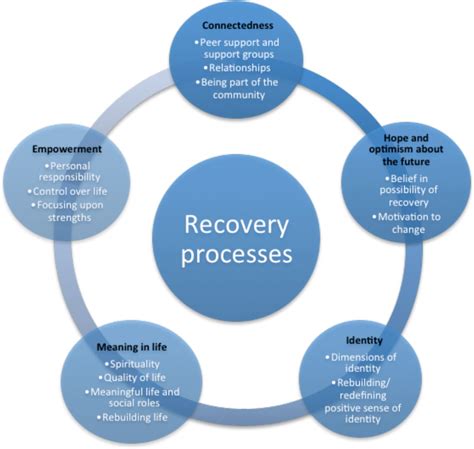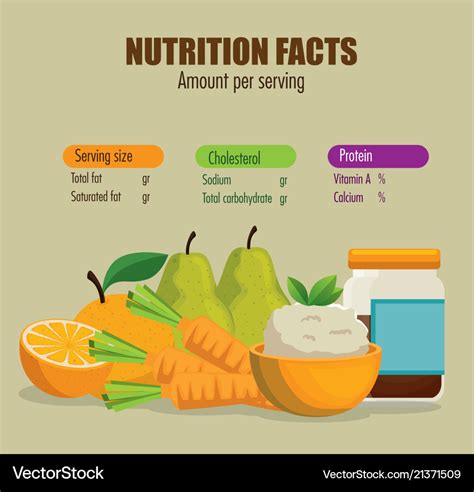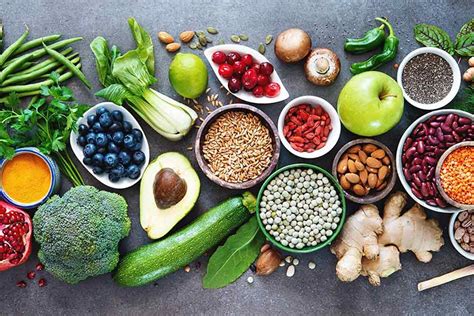Best macro split for lean muscle, fat loss, and peak daily energy?

The Quest for the Perfect Macro Split: Muscle, Fat Loss, and Energy
Navigating the world of nutrition can be complex, especially when you’re aiming for multiple ambitious goals: building lean muscle, losing fat, and maintaining consistent, high energy levels throughout your day. These objectives often seem to pull in different directions, but with a strategic approach to your macronutrient (protein, carbohydrates, and fats) split, you can achieve all three. This article will guide you through understanding the role of each macro and how to craft a split that powers your body and mind for optimal performance.
Understanding Macronutrients: The Building Blocks of Your Goals
Before diving into specific percentages, it’s crucial to understand what each macronutrient does for your body and how they contribute to your desired outcomes.
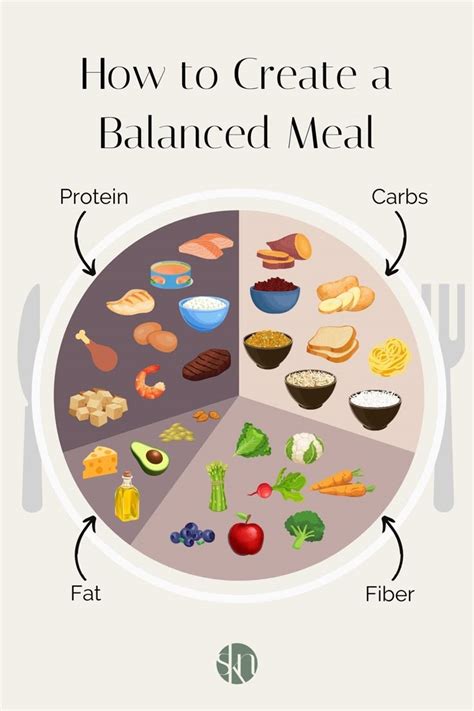
Protein: The Muscle Preserver and Satiety Hero
Protein is paramount for building and repairing muscle tissue. When you’re in a calorie deficit for fat loss, adequate protein intake helps preserve lean muscle mass, ensuring that the weight you lose is predominantly fat. It also has a high thermic effect of food (TEF), meaning your body burns more calories digesting protein than carbs or fats. Furthermore, protein promotes satiety, helping to curb hunger and reduce overall calorie intake.
Carbohydrates: Your Primary Energy Source
Carbohydrates are the body’s preferred fuel source. They are broken down into glucose, which powers your brain, muscles, and other vital organs. For peak daily energy and effective workouts, a sufficient intake of complex carbohydrates is essential. However, the type and timing of your carbohydrate intake can significantly impact energy levels and fat storage.
Fats: Hormonal Support and Sustained Energy
Dietary fats are vital for hormone production, nutrient absorption (fat-soluble vitamins A, D, E, K), and insulating organs. Healthy fats also provide a concentrated source of energy and contribute to satiety, helping to regulate appetite. While often feared for weight gain, healthy fats are crucial for overall health and can contribute to sustained energy release, preventing energy crashes.
The Balanced Equation: Achieving All Three Goals Simultaneously
The key to success lies in finding a balance that supports muscle growth and preservation, facilitates fat loss, and ensures steady energy. This often means optimizing protein, moderating fats, and strategically adjusting carbohydrates based on activity levels.

A Recommended Starting Macro Split for Your Goals
While individual needs vary greatly based on body weight, activity level, metabolism, and specific training intensity, a generally effective macro split for lean muscle, fat loss, and sustained energy looks something like this:
- Protein: 30-40% of total daily calories. Aim for 0.8-1 gram of protein per pound of lean body mass (or total body weight if not excessively overweight). This high intake supports muscle repair and growth, and promotes satiety.
- Fats: 25-35% of total daily calories. Target 0.3-0.5 grams of healthy fats per pound of body weight. This range is sufficient for hormonal function and nutrient absorption without being excessively caloric, which is crucial for fat loss.
- Carbohydrates: 30-45% of total daily calories. The remainder of your calories will come from carbohydrates. This allows for enough energy for intense workouts and daily function without overdoing it, which could hinder fat loss. On training days, you might lean towards the higher end of this range, and on rest days, closer to the lower end.

Strategies for Maximizing Peak Daily Energy
Beyond the percentages, how you choose and consume your macros significantly impacts energy levels:
- Prioritize Complex Carbohydrates: Opt for whole grains, fruits, vegetables, and legumes over refined sugars and processed carbs. These provide a steady release of glucose, preventing energy spikes and crashes.
- Don’t Skimp on Healthy Fats: Include sources like avocados, nuts, seeds, olive oil, and fatty fish. These provide sustained energy and support vital bodily functions.
- Consistent Protein Intake: Distribute your protein intake throughout the day across multiple meals. This aids in continuous muscle repair and keeps you feeling full and energized.
- Hydration is Key: Dehydration can lead to fatigue. Ensure you’re drinking plenty of water throughout the day.
- Strategic Meal Timing: Consume a balanced meal or snack every 3-4 hours to maintain stable blood sugar and energy levels. Pre- and post-workout nutrition, with a focus on carbs and protein, is crucial for performance and recovery.
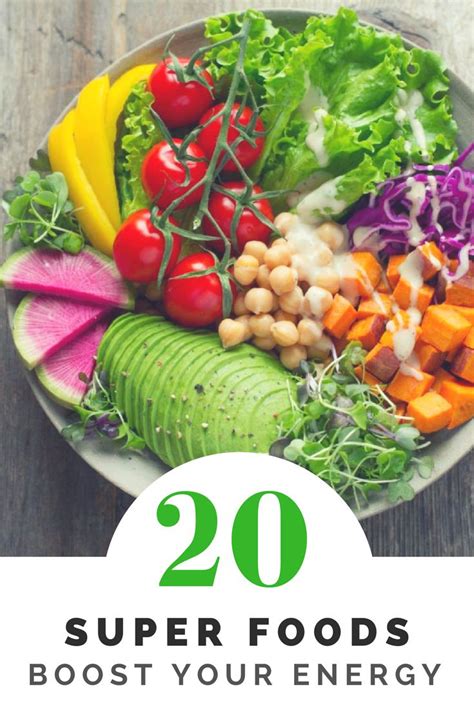
Putting It Into Practice: Your Action Plan
Translating these guidelines into your daily diet requires a systematic approach:
- Calculate Your Total Daily Energy Expenditure (TDEE): Use an online calculator to estimate the calories your body burns daily based on your age, sex, weight, height, and activity level.
- Set Your Calorie Target: For fat loss, aim for a deficit of 300-500 calories below your TDEE. If your primary goal is muscle gain, you might be at maintenance or a slight surplus.
- Allocate Your Macros: Convert your target percentages into grams based on your calorie target. (e.g., if you aim for 2000 calories, 35% protein = 700 calories from protein / 4 calories per gram = 175g protein).
- Track and Adjust: Use a food tracking app for a few weeks to monitor your intake. Pay attention to how your body responds in terms of energy, hunger, and progress towards your goals. Adjust your carb intake primarily based on your energy needs and activity levels.

Conclusion: Your Journey to Optimal Body Composition and Energy
There isn’t a single ‘best’ macro split for everyone, but the framework provided offers an excellent starting point for those seeking to build lean muscle, lose fat, and maintain peak daily energy. The emphasis remains on high protein, adequate healthy fats, and carbohydrates adjusted to your activity. Listen to your body, be consistent, track your progress, and don’t be afraid to experiment to find the precise balance that works best for your unique physiology and lifestyle. With patience and adherence, you can achieve remarkable results, transforming your body and energizing your life.


